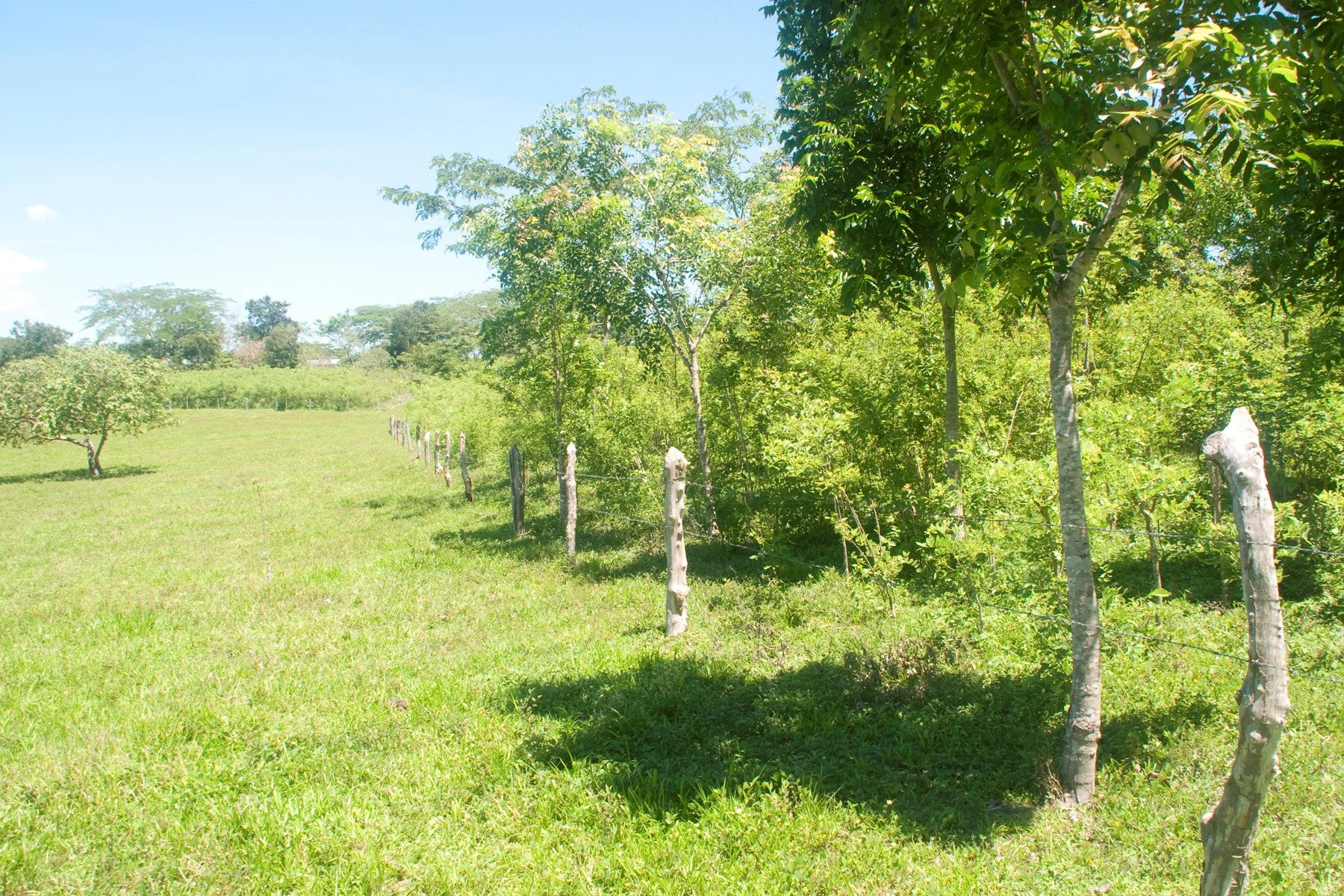Not long after I joined the World Bank, I worked on a team assessing the extent and severity of land degradation in El Salvador. As part of this work, I went to visit the site of a soil conservation project that had been implemented a few years earlier and was considered extremely successful. Indeed, the project’s implementation report was full of numbers on linear kilometers of terraces built, and other indicators of success. Once we reached the project site, however, we looked in vain for any sign of a terrace. The terraces had once been there (there were photographs to prove it), but a few years later they no longer were.
That results may not last once a project ends is a constant concern. The extent to which it is actually a problem is hard to assess, however, as there rarely is any monitoring after a project closes.
A recent working paper, Assessing the permanence of land use change induced by payments for environmental services: Evidence from Nicaragua, looks at the experience of a project implemented in Nicaragua from 2003 to 2008. This innovative project used Payments for Environmental Services (PES) to induce landholders to replace extensive pastures with silvopastoral practices - combining forestry and grazing - that are more productive and also generate important environmental services like carbon sequestration and biodiversity conservation. Participating landholders received annual payments based on the estimated increase in environmental services from their land uses, compared to those they had at project start, with greater payments offered for adoption of land uses that provided the most environmental services. The project proved very successful: after four years of implementation, PES recipients had adopted silvopastoral practices on half their farm area, and the level of environmental services generated increased by half. There had been concern that poorer households would not be able to participate, but in fact by some measures they participated to a greater extent than better-off households. The project team had good reason to be very pleased with the results.
But the nagging concern remained: would these changes last? Would landholders maintain their new silvopastoral practices, or would they abandon them once payments ceased?
To determine whether the new land uses had been maintained, we returned to the project site four years after the project ended and re-surveyed all the remaining participants (some had moved away from the area, and a few had died). We updated the status of their land uses working with some of the original project team members to ensure that land uses were identified consistently.
The good news is that the land use changes that had been encouraged by PES were broadly sustained in intervening years. Only one of the former participants (out of 72) reduced their use of silvopastoral practices to a significant degree. The fears that the new practices would be abandoned have thus been put to rest.
The bad news is that farmers did not continue to expand silvopastoral practices after the project end. Only one former participant did so. As farmers would only retain silvopastoral practices if they were more profitable for them than their previous practices, there was some hope that farmers would actually continue to expand them. That they did not shows that the payments offered by project were in fact critical to adoption of silvopastoral practices.
These results suggest that, at least in the case of productive land uses such as silvopastoral practices, PES programs can be effective at encouraging land owners to adopt environmentally beneficial practices and that the benefits will persist after payments cease.
Of course, a few caveats must be stated. First, this is just one case. Although results were very similar at another of the project’s sites — in Quindío, Colombia — we should always be wary of generalizing from a few cases. Second, these results apply to a case in which PES is being used to restore degraded habitats. Most PES programs seek to conserve intact habitats, and the results would not apply to these conservation-oriented programs, whose logic is different. (We are just beginning a study of the permanence of results in a conservation-oriented PES program in Uganda, so stay tuned!)
Additional reading:
PES Learning Paper 2017-1: Assessing the permanence of land use change induced by payments for environmental services: Evidence from Nicaragua
PES Learning Paper 2014-1: Evaluation of the permanence of land use change induced by payments for environmental services in Quindío, Colombia
PES Learning Paper Series



Join the Conversation